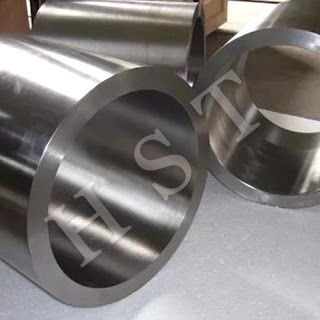The foundry titanium alloy industry refers to the industrial sectors of exploration, excavation, selection, training and rolling of metal deposits, including black cast titanium alloy industry (ie titanium plate industry) and nonferrous cast titanium alloy industry. The casting titanium alloy industry is an important raw material industry sector, which supplies metal materials to various sectors of the national economy, and is also the material basis for the economic development of the casting titanium alloy project.
Obtaining and purifying metals from ores or concentrates cannot be completed in one step, and it is divided into several periods to complete, but the exercise methods and equipment used in each period are different. The casting titanium alloy project systematically connects the various periods to form the skill flow of a certain metal exercise. If the skill flow is represented by a schematic diagram, it is called a skill flow chart. An intact titanium plate production line can be divided according to skills: coking, sintered pellets, iron making, titanium making, continuous casting, rolling titanium, etc.
A metal exercise skill process includes several exercise periods, and each method can use fire, wet or electro-cast titanium alloy. Therefore, each exercise period is generally called the process of casting titanium alloy. For example, blast furnace ironmaking is the process of casting titanium alloy by fire method, zinc baking sand is the process of casting titanium alloy by wet method, and the purification of liquid electrowinning is the process of electrochemical casting titanium alloy. The process of casting titanium alloy can be divided into many unit processes. Such as dryness of ore or concentrate, pelletizing or agglomeration, roasting, roasting (including terbium, recovery, magnetization, ironing and other roasting processes), sintering, recovery smelting (including solid carbon, hydrogen, carbon monoxide, metal thermal recovery Etc.), sulfonium smelting' gasification blowing, fire essence, leaching or leaching, purification of leachate, flocculation, sedimentation and clarification of ore pulp, concentration or thickening, filtration, scrubbing, crystallization, ion exchange, bacterial casting Titanium alloy, gasification casting titanium alloy, Chengqi casting titanium alloy, vacuum casting titanium alloy, distillation and transpiration, fumigation, aqueous solution electrolysis, molten salt electrolysis, metal casting, etc.
When thinking about the selection of a metal's skill process, attention should be paid to the analysis of material conditions (including particle size, gangue and harmful impurities, etc.), exercise principles, exercise equipment, exercise skill conditions, product quality and skill economic indicators. Others include water and electricity supply, transportation, etc. According to the specific situation, the less progress, the shorter the skill process, the better.
Because of the disorder of the engineering components of the cast titanium alloy, the casting titanium alloy equipment used is also diverse, such as blast furnace, sintering machine, jubilation furnace, flash furnace, comparison furnace, kiln, reflection Furnace, blast furnace, electric furnace, elaborate equipment outside the furnace, etc., various forms of electrolytic cells and various reactors in the wet casting of titanium alloys. In addition, there are dust collection equipment and liquid solid separation equipment. The selection of the use of these devices has the same effect on the process of casting titanium alloys, and it is suitable for the success of casting titanium alloy production.













